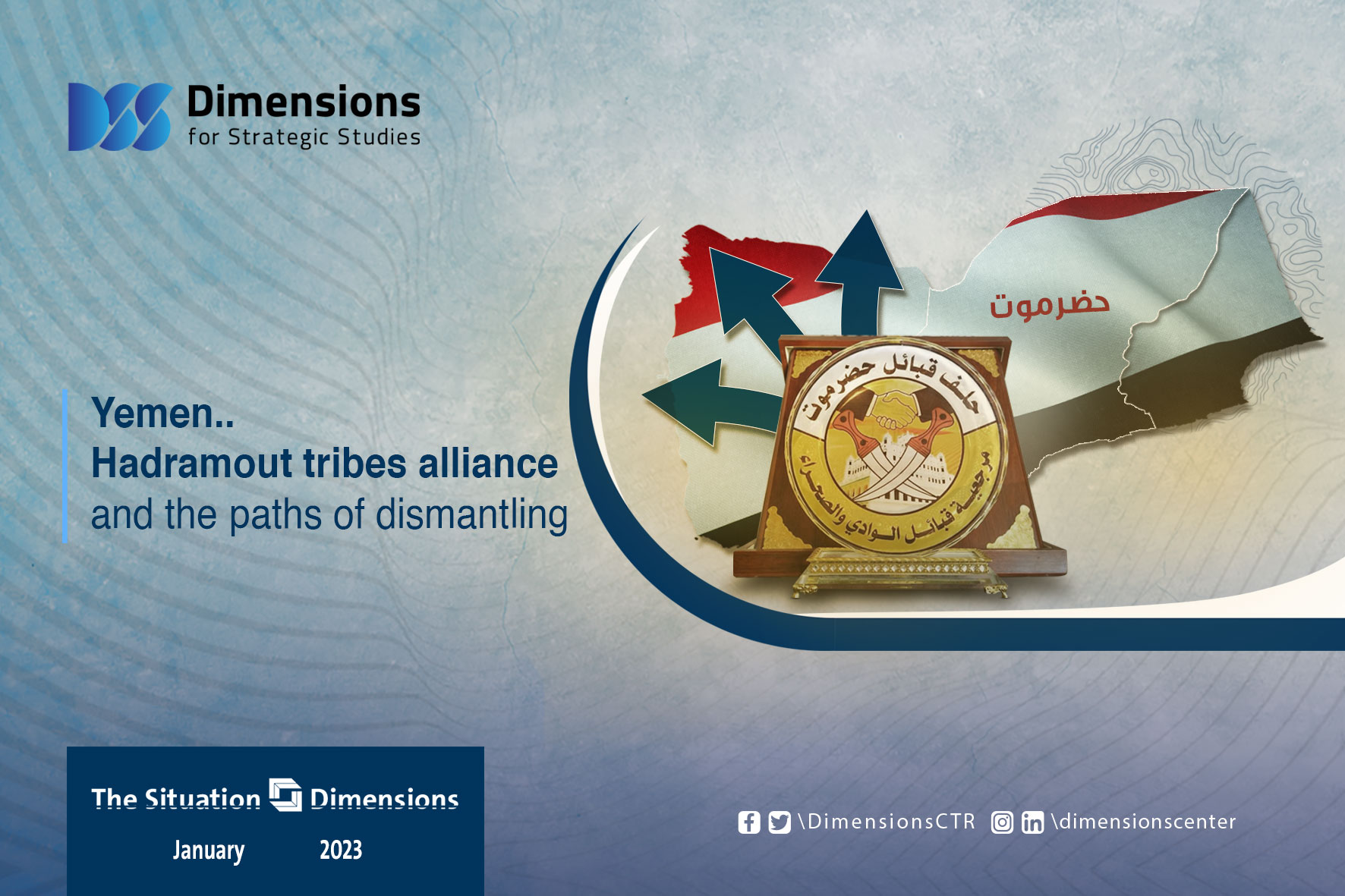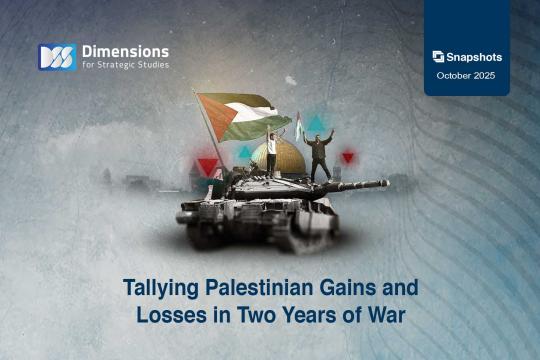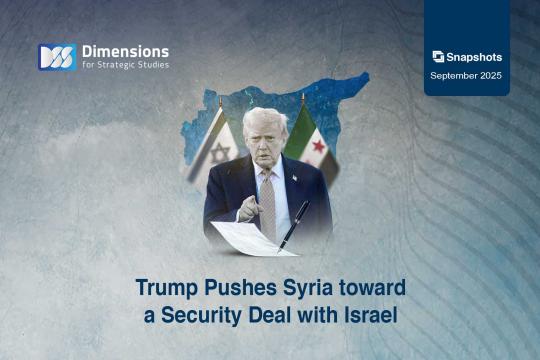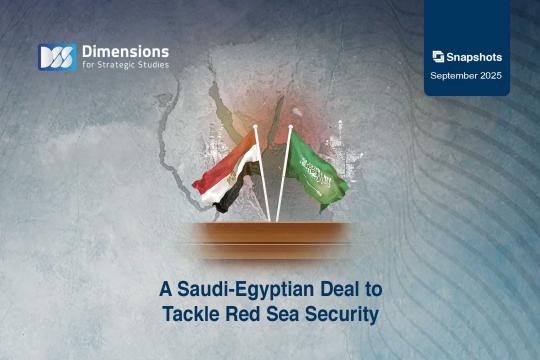
Yemen.. Hadramout tribes alliance and the paths of dismantling
2023-01-213026 view
On July 7, 2013, Hadrami delegations flocked to Wadi Nahab from the Yemeni regions of Hadramout, after the Hamoum tribes invited them to this meeting. There, the Hadramout tribes alliance document was signed, and Lieutenant Colonel Saad bin Hamad bin Habrish was elected president of the alliance for a term. This alliance was founded to demand the rights of the people of Hadhramaut, whose sons say that they have been marginalized for decades, even though their area has most of the country's wealth.
However, after a few months, the head of the alliance was assassinated ; and this prompted the people of Hadramout to escalate tension in some areas. Al-Qaeda benefited from these matters and expanded its areas of influence in the governorate. The alliance, upon its founding, also disturbed the Southern Movement, because it sees that such an alliance does not care about the south, and that its interest is only in Hadramout. Moreover, it believes that the alliance project will constitute a major obstacle to the Southern Movement in the governorate, especially since the people of Hadramout, unlike the rest of the people of Yemen, believe that they have their own identity and will accept any Hadrami project that is greater than the project of unity or separation under the name of the south.
With the beginning of the war that the Houthis started in 2014, and the collapse of state institutions and their control over most of the Yemeni governorates, al-Qaeda was able to control many areas of Hadramout. After the intervention of the Arab coalition and the liberation of the city of Mukalla, the center of Hadhramaut governorate, all the people of the Hadrami spectrum gathered and the Hadramout Collective Conference was formed in 2017. And some of the people of the Valley and the Desert of Hadramout accused the people of the Coast of unilateralism with the decision of the alliance and the mosque, and they established the authority of the Hadramout tribes of the Valley and the Desert.
With the establishment of the Southern Transitional Council in 2017, which calls for secession, in recent years the movement in Hadhramaut began, through some sheikhs and leaders of Hadhramaut, such as Sheikh Hassan Al-Jabri, and the Hilf « alliance » bloc and the Hadhramaut Mosque for the sake of Hadramout and the south were established in July 2021. This component changed the rest of the Hadrami components; Because it defends the demands of secession for the south, and does not carry a purely Hadrami project like the rest. The Hadhramaut tribes alliance and the Hadhramaut Inclusive Conference are headed by the deputy governor of the province, Sheikh Amr bin Ali bin Habrish Al-Ali Al-Hamoumi.
From the outset, Saudi Arabia was accused of supporting the Alliance, in light of the relationship between the Valley tribes and Saudi Arabia, and Saudi Arabia's entry into the depth of society in this region. Saudi Arabia considers Wadi Hadramout a red line for it. There were also many visits by sheikhs and leaders from the valley and the desert in Hadramout to Saudi Arabia. Among them was the visit of the former deputy governor for valley affairs, Issam Habrish, who returned after staying there for three months. He was appointed undersecretary of the Ministry of Local Administration.
In light of the continued calls for incitement and the activities of the transitional government targeting Hadramout, the Hadhramaut tribes alliance called for a meeting to be held in the city of Mukalla on November 19, 2022, and the active social and political forces gathered in the governorate. The statement demanded the appointment of military leaders from the people of Hadramout in each of the first region, and the Barshid Brigade of the Transitional Council. The Transitional Council considered that the statement of the Hadramout tribes alliance to have been directed against it, and launched media campaigns against the meeting and its outcomes. The military and security situation in the valley and the coast is unstable in light of the continued escalation in the valley.
The incitement of the Transitional Council against the Valley and the state institutions in it, led by the first military region, has grown, in addition to the presence and activation of popular and social action against the transitional project, which culminated in a meeting of military and social leaders and local authorities at the invitation of the commander of the Arab coalition forces in Seiyun, and the meeting came out with a declaration of support for the forces of the First military region and the security services in Hadramout governorate, and rejecting any moves aimed at spreading chaos and instability in Hadramout.
Hadramout governorate also witnessed a continuous popular movement to confront the transitional project seeking to extend the influence of its supporters over the governorate. Issam bin Habrish called on a number of political and tribal figures to work on the future political project of Hadramout, in large celebrations that witnessed the raising of the flags of what was called (the state of Hadramout) in the streets of Seiyun in celebration of what was called the Hadhrami National Day on the twentieth of December. The alliance of the Hadramout tribes, references and components celebrated supporting it in Seiyun, on the ninth anniversary of the Hadhrami uprising, with loud voices calling for the state of Hadramout. The same occasion was also celebrated in Mukalla without raising the flags of Hadhramout in the celebration hall, as happened in Seiyun. Al-Hadrami recruited 10,000 soldiers from Hadramout, to take over the security and military file in the province, after all the forces from outside the province were expelled.
In the final analysis, this means more fragmentation and division of Yemeni capabilities, and the consolidation of tendencies to dismantle the state, supported by regional and international policies, in repetition of what the Iraqi model, and the Lebanese and Somali models witnessed, without benefiting from regional and international experiences and expertise, about the role of the external factor in dismantling National structures, under names and slogans that correspond to the interests of some local parties.





